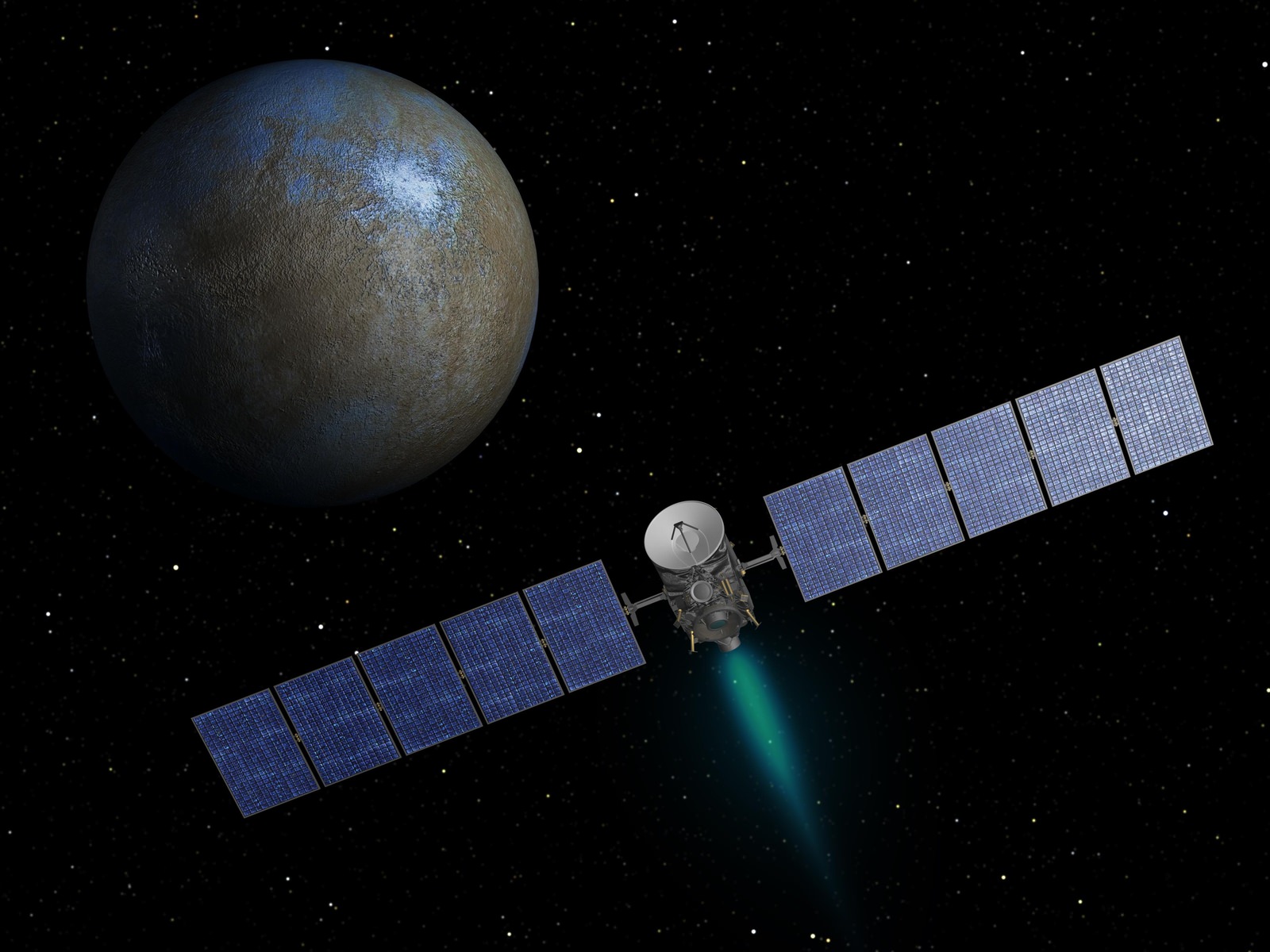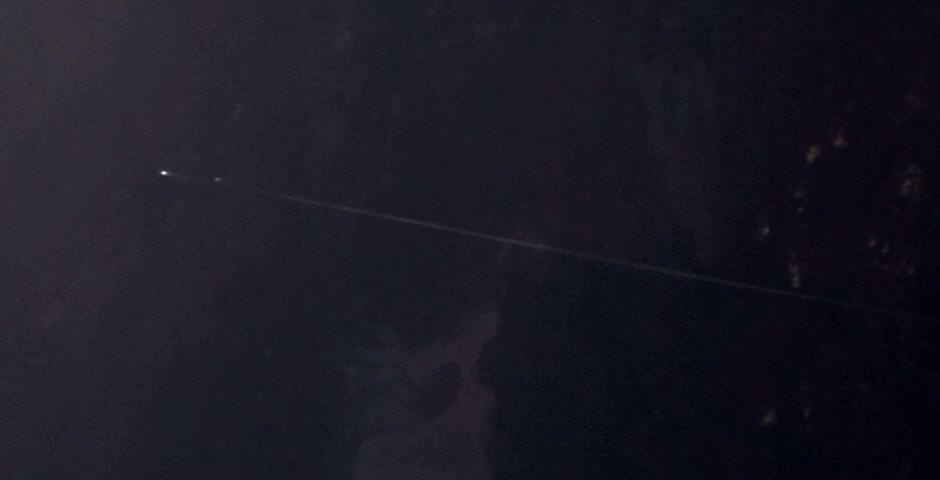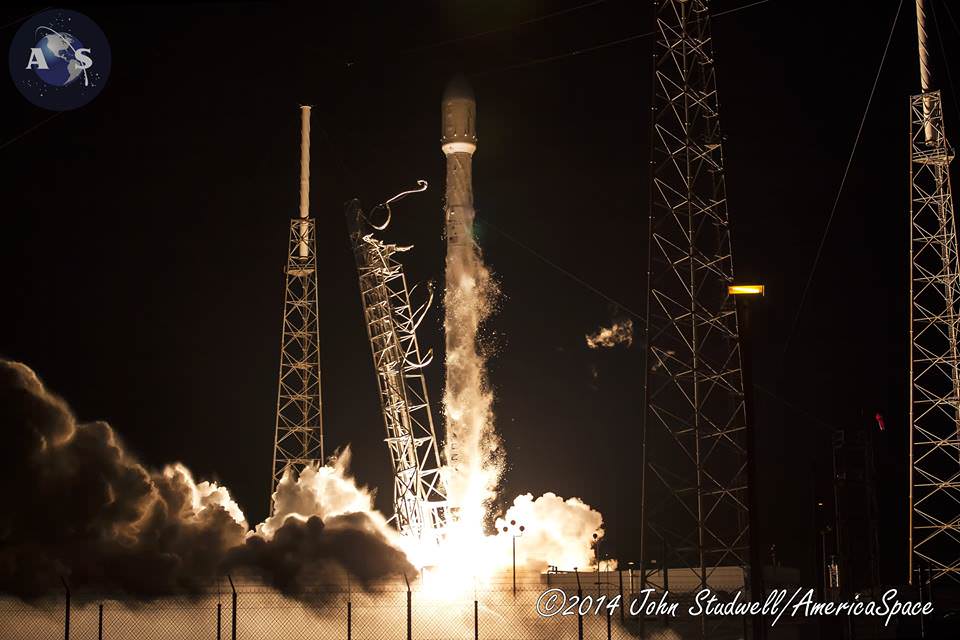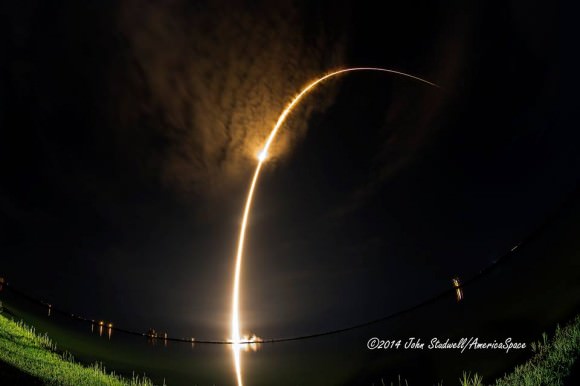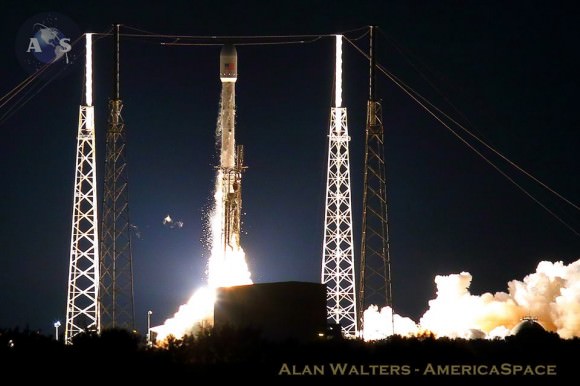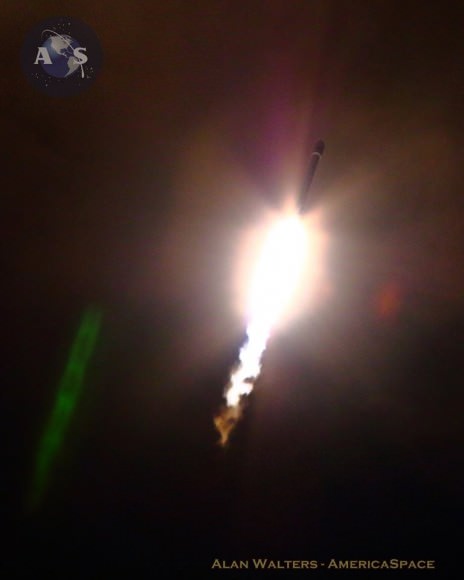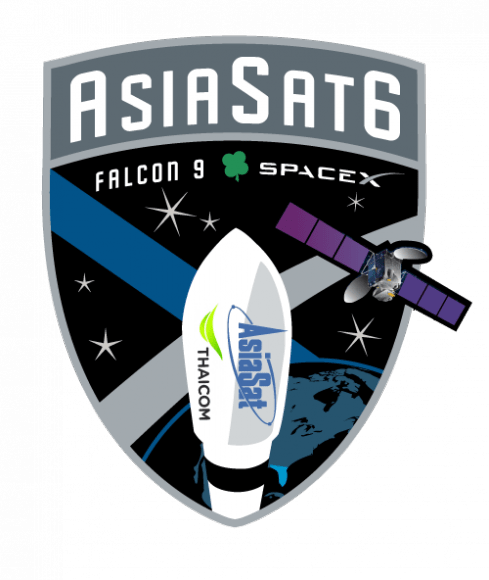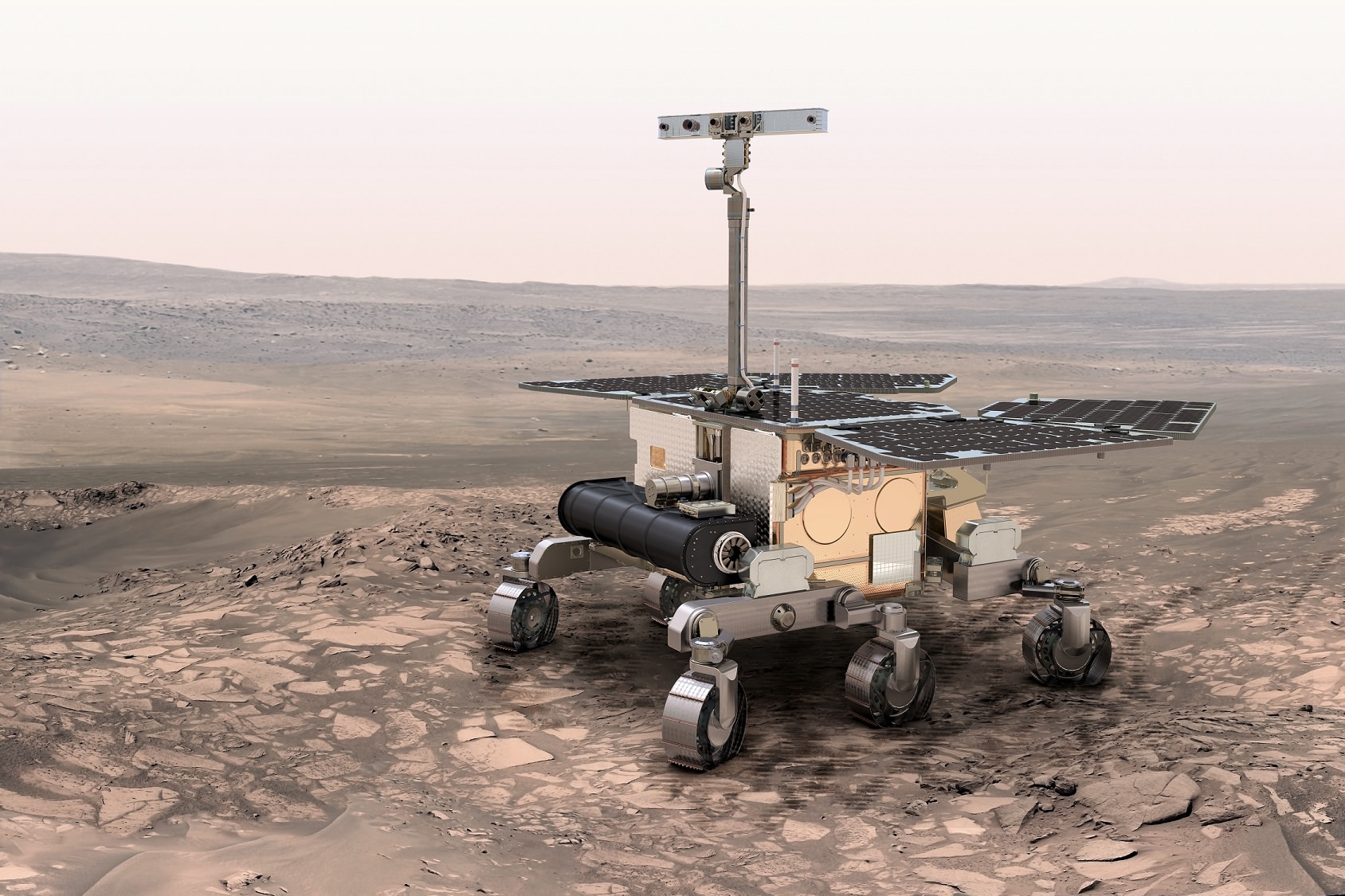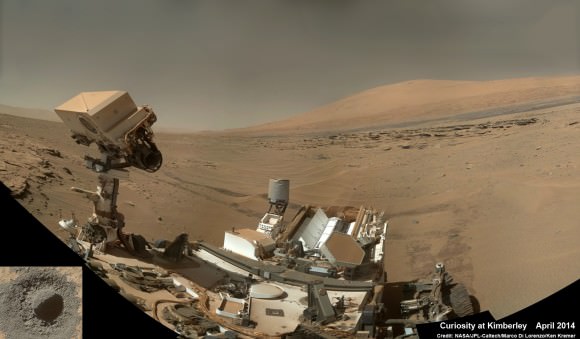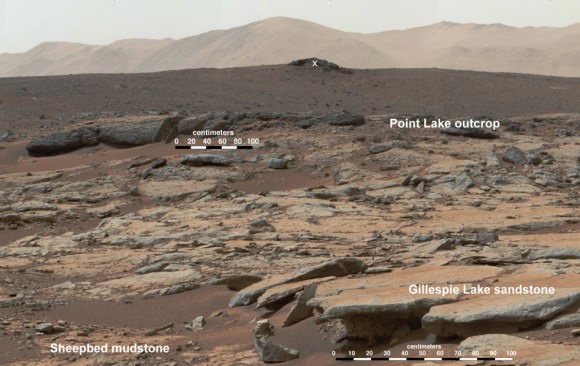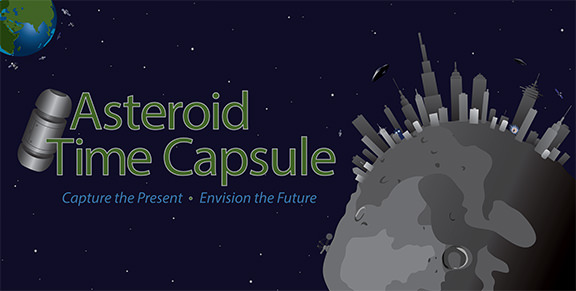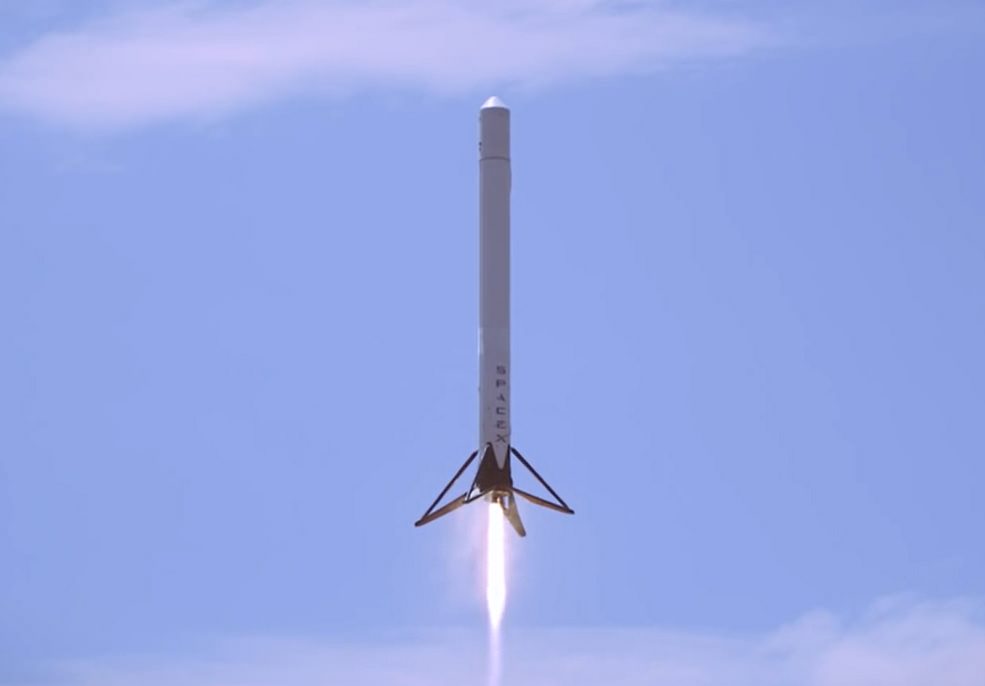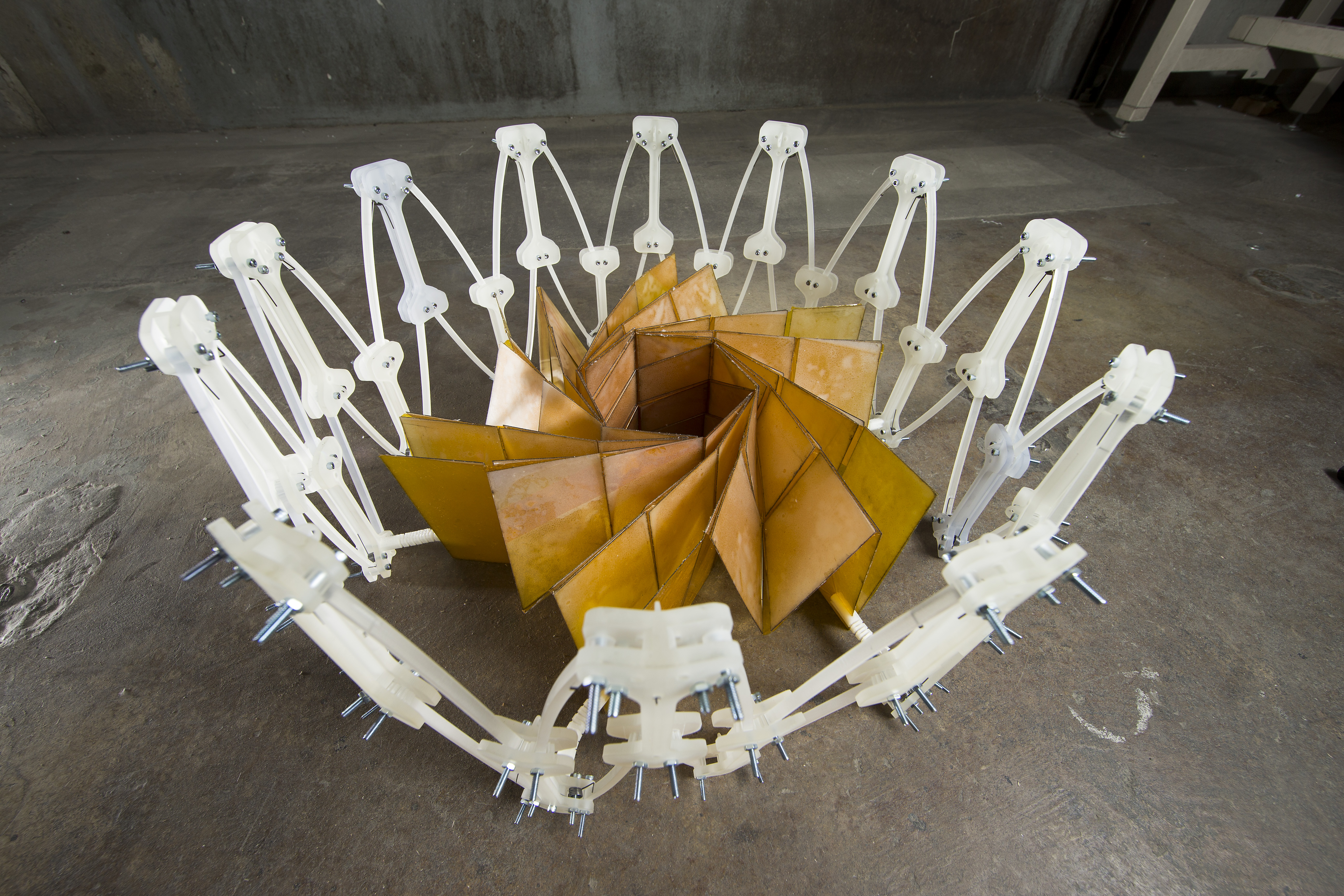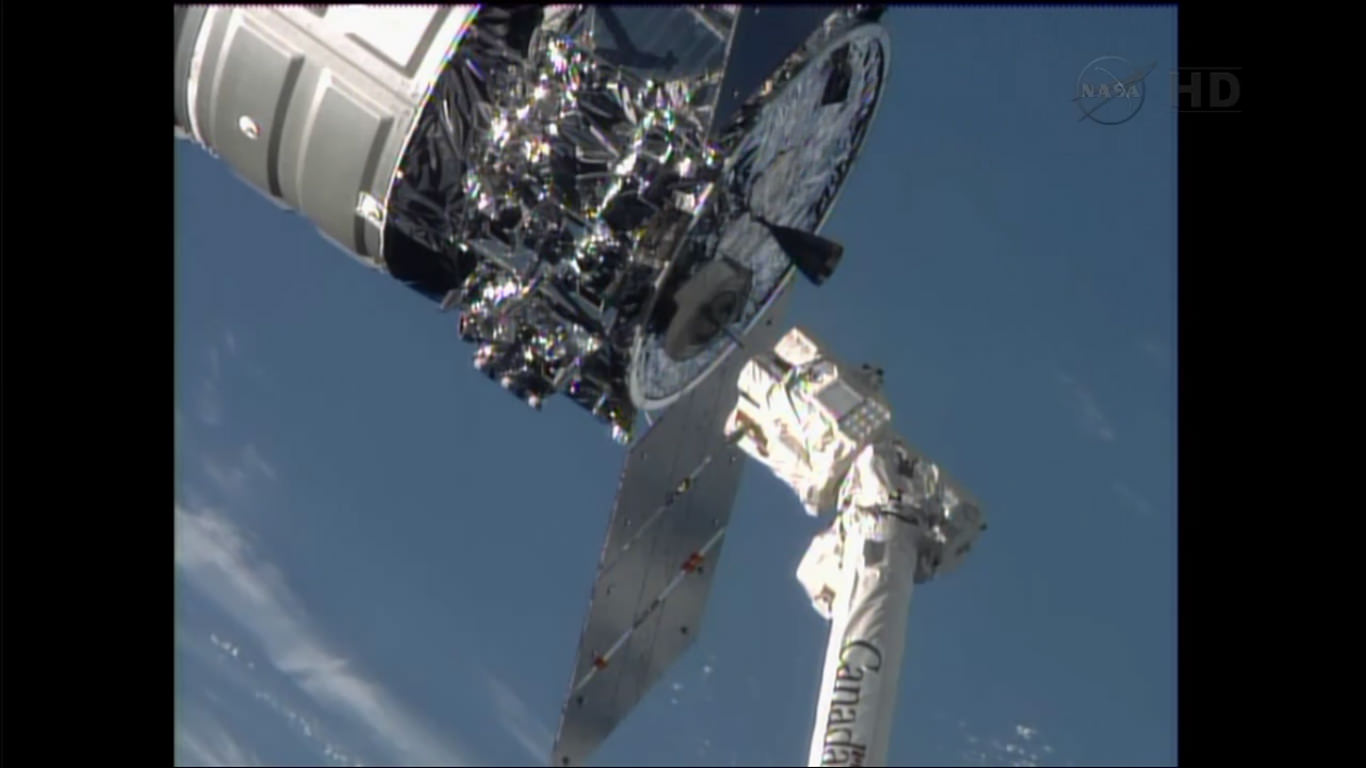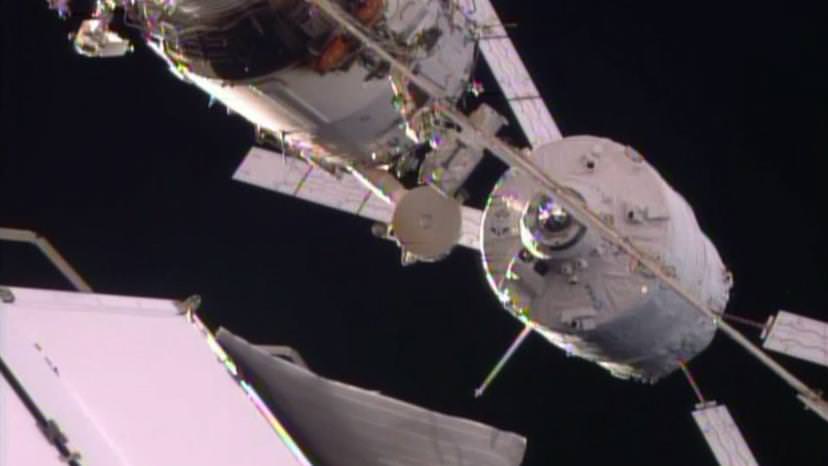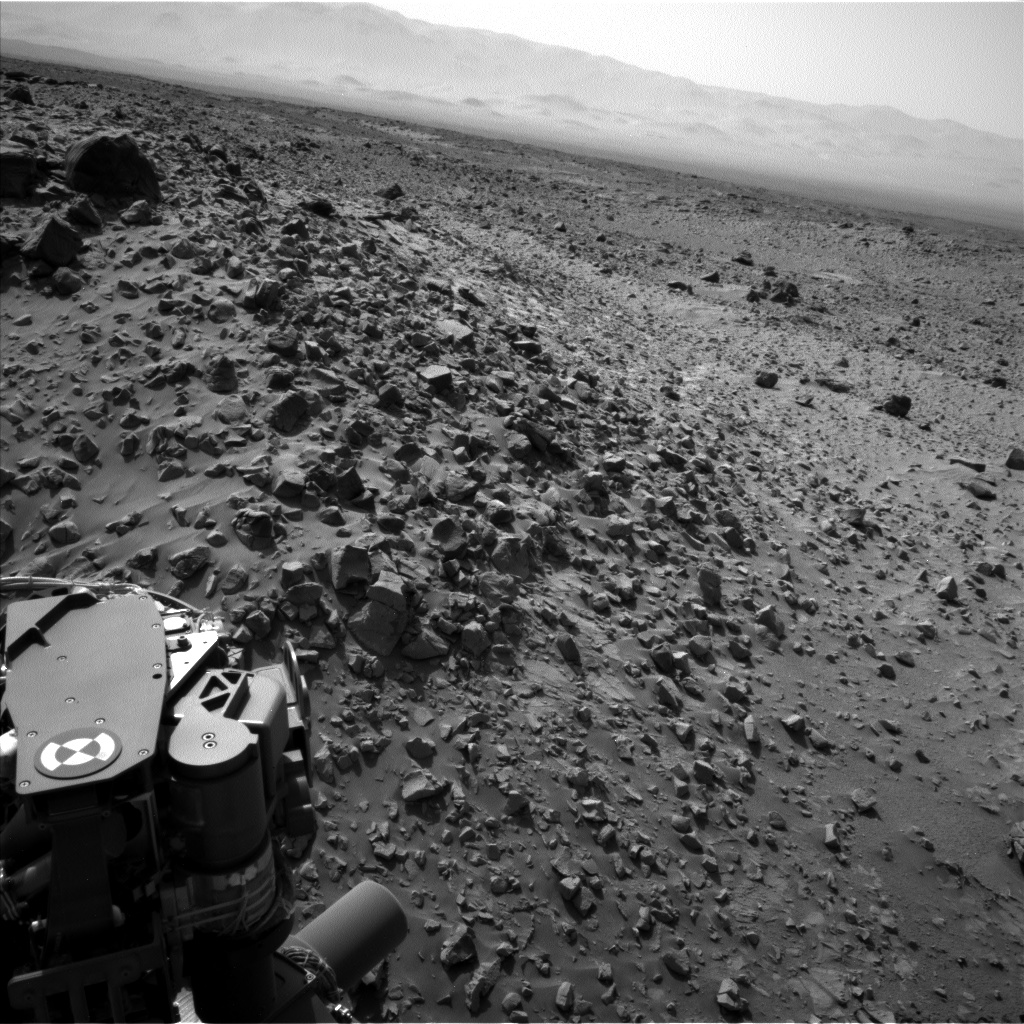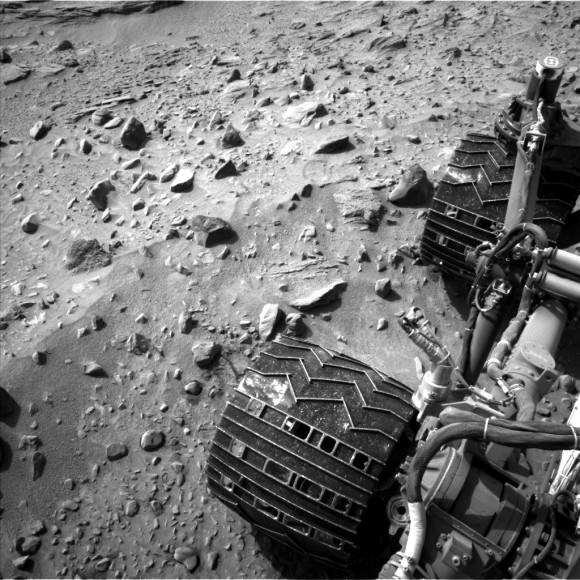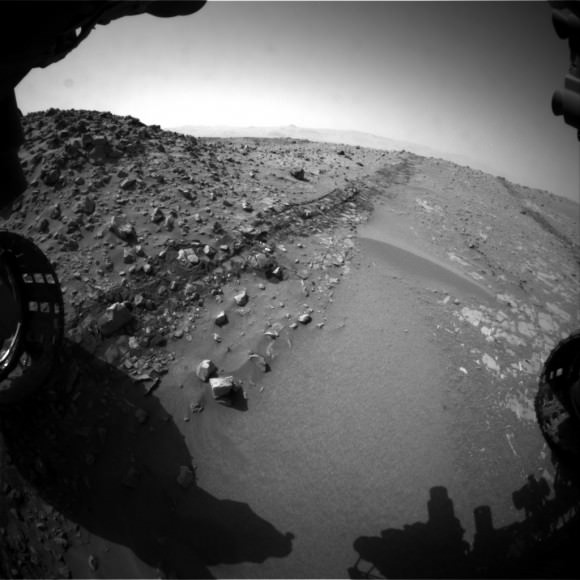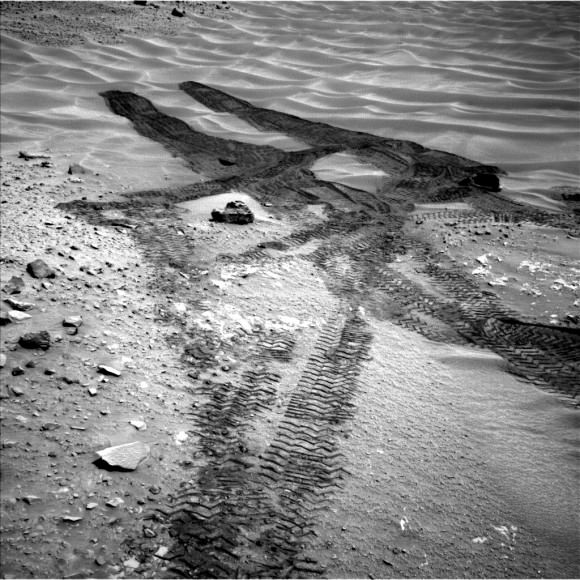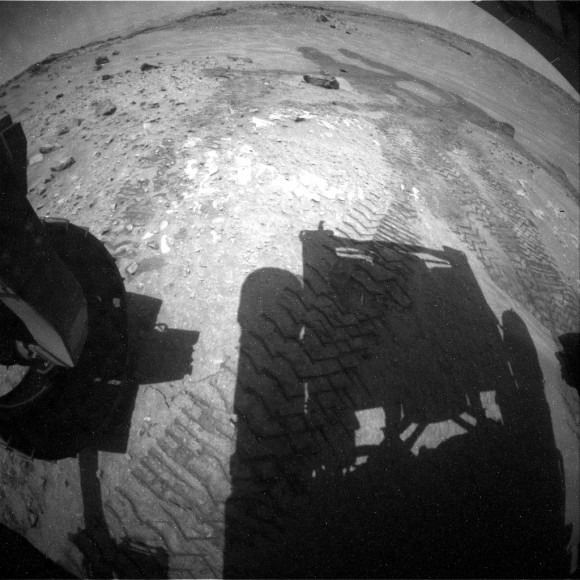NASA’s Dawn spacecraft experienced technical problems in the past week that will force it to arrive at dwarf planet Ceres one month later than planned, the agency said in a statement yesterday (Sept. 16).
Controllers discovered Dawn was in safe mode Sept. 11 after radiation disabled its ion engine, which uses electrical fields to “push” the spacecraft along. The radiation stopped all engine thrusting activities. The thrusting resumed Monday (Sept. 15) after controllers identified and fixed the problem, but then they found another anomaly troubling the spacecraft.
Dawn’s main antenna was also disabled, forcing the spacecraft to send signals to Earth (a 53-minute roundtrip by light speed) through a weaker secondary antenna and slowing communications. The cause of this problem hasn’t been figured out yet, but controllers suspect radiation affected the computer’s software. A computer reset has solved the issue, NASA added. The spacecraft is now functioning normally.
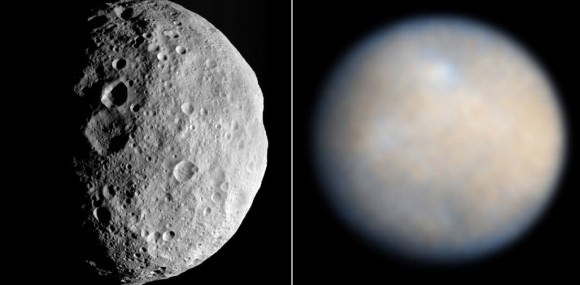
“As a result of the change in the thrust plan, Dawn will enter into orbit around dwarf planet Ceres in April 2015, about a month later than previously planned. The plans for exploring Ceres once the spacecraft is in orbit, however, are not affected,” NASA’s Jet Propulsion Laboratory stated in a press release.
Dawn is en route to Ceres after orbiting the huge asteroid Vesta between July 2011 and September 2012. A similar suspected radiation blast three years ago also disabled Dawn’s engine before it reached Vesta, but the ion system worked perfectly in moving Dawn away from Vesta when that phase of its mission was complete, NASA noted.
Among Dawn’s findings at Vesta is that the asteroid is full of hydrogen, and it contains the hydrated mineral hydroxyl. This likely came to the asteroid when smaller space rocks brought the volatiles to its surface through low-speed collisions.
Spacecraft can experience radiation through energy from the Sun (particularly from solar flares) and also from cosmic rays, which are electrically charged particles that originate outside the Solar System. Earth’s atmosphere shields the surface from most space-based radiation.
Source: Jet Propulsion Laboratory

